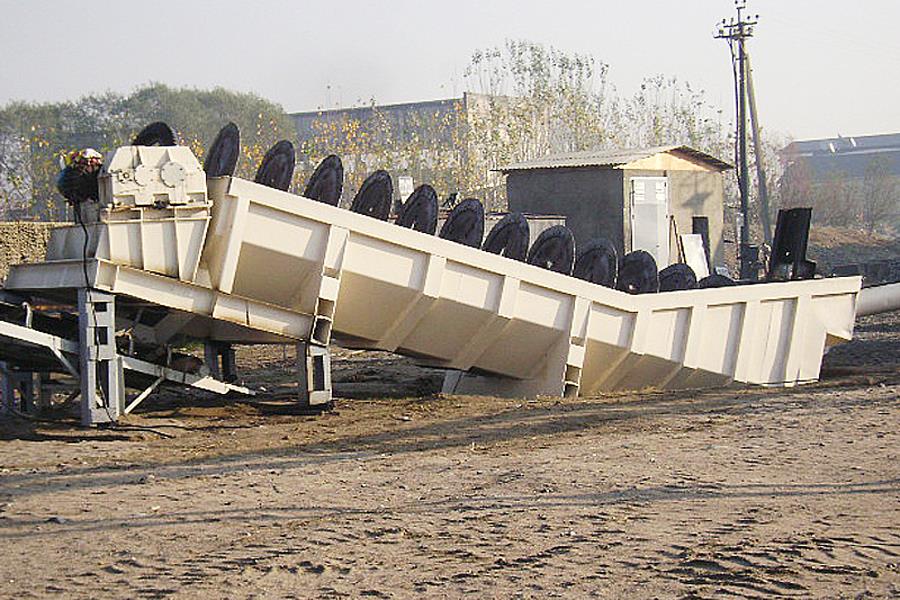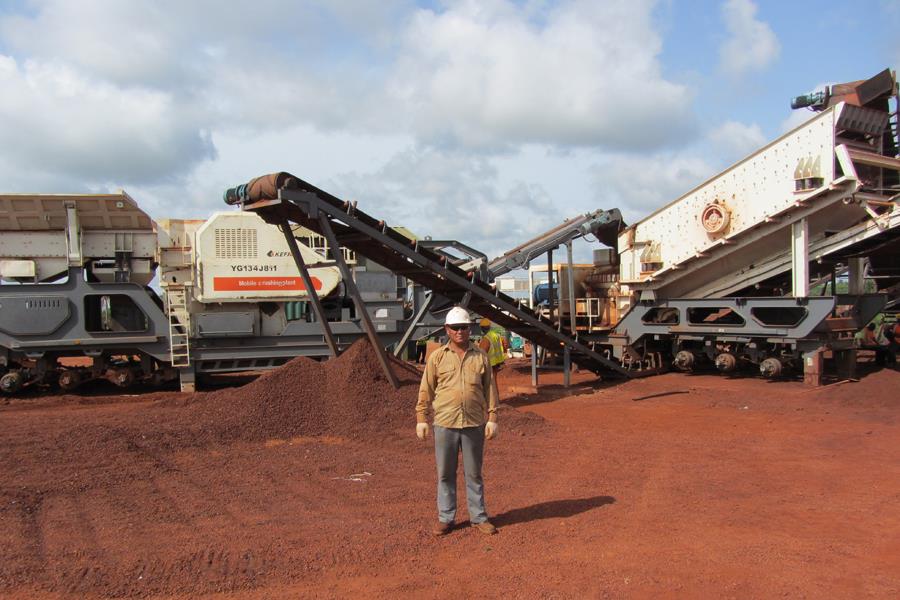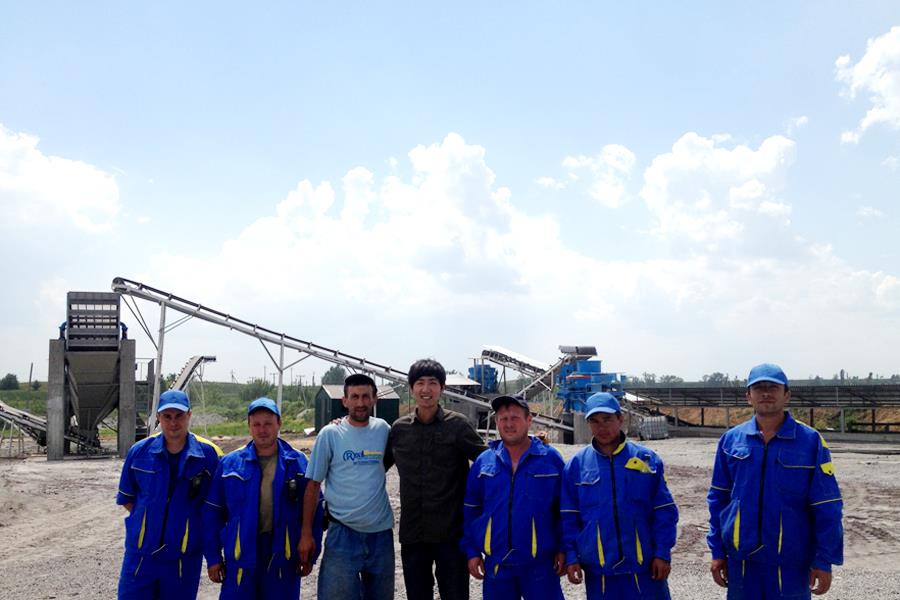
Investment cost of 800 tons per hour granite crushing production line
Granite crushing is one of the commonly used building materials in construction, roads and infrastructure projects, and its demand is large and stable. In order to meet market demand, investing in a production line with an output of 800 tons of granite crushing is an attractive business decision. However, before investing, it is crucial to conduct a comprehensive analysis of the investment cost of the production line. The following are some considerations and analyses of the investment cost of 800 tons per hour granite crushing production line:
1. Production equipment cost
Crushers, screens, conveyor belts and other equipment: The core equipment of the granite crushing production line, its price depends on the scale and brand. Investors need to carefully select the right equipment to meet the production capacity requirements.
Models and specifications of crushers and vibrating screens: The prices of equipment of different models and specifications vary greatly, and investors need to choose according to production needs and budgets.
2. Plant and land costs
Production plant: The area and structure of the plant will directly affect the investment cost. Reasonable design and site selection can reduce construction costs.
Land costs: The location, area and use of the land have a direct impact on the investment cost. Suburban areas or areas with convenient transportation may be more expensive.
3. Labor costs
Production line operators: The crushed stone production line requires operators to monitor and maintain. Labor costs include wages, social security and training costs.
4. Energy and water resource costs
Electricity consumption: The operation of the production line depends on electricity, and electricity costs are an important operating cost.
Water resources: Some production processes may require water, and investors need to consider the availability and cost of water resources.
5. Environmental protection and safety facility costs
Wastewater treatment, dust control equipment: Facilities that comply with environmental regulations may require additional investment.
Safety equipment: To ensure employee safety, investment in safety equipment and training may be required.
6. Transportation and logistics costs
Raw material transportation: Consider the procurement and transportation costs of granite raw materials.
Delivery of finished crushed stone: The transportation cost of delivering finished crushed stone to the customer's location.
7. Reserve costs and emergency funds:
Project management and consulting fees: Reserve a certain amount of reserve funds to cope with possible project management and consulting fees.
Emergency funds: Reserve a certain amount of emergency funds to cope with emergencies or market fluctuations.
Investing in an 800 t/h granite crushing production line requires comprehensive consideration of the above factors and adjustments based on actual conditions. A detailed investment cost analysis helps investors formulate a reasonable budget and operation plan to ensure the long-term stable operation and profitability of the production line. Before investing, it is recommended to consult professional engineers and financial advisors to ensure the feasibility and sustainability of the investment decision. The website customer service is online for free consultation 24 hours a day.
-
How to choose the equipment model for crushing and sand making of pebbles
-
How much capacity is there when using cone crusher to process concrete
-
What causes the blockage problem in the stone sand making machine
-
What crushing equipment is needed for the beneficiation process of metal ore









